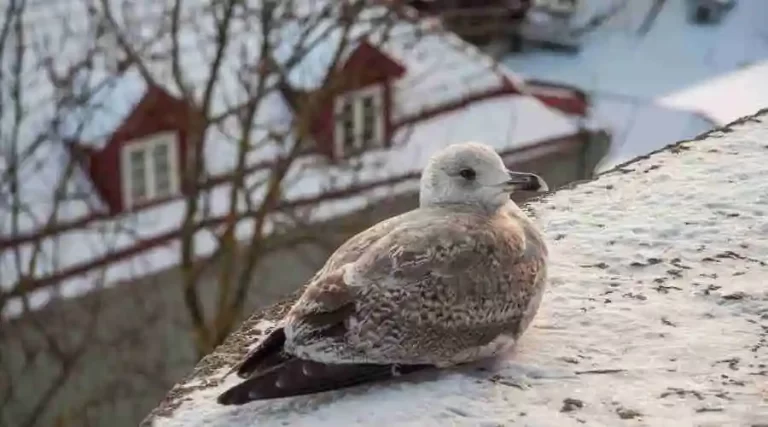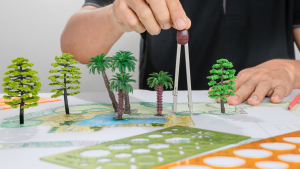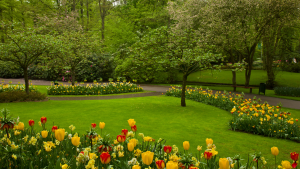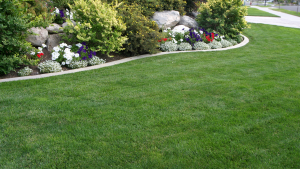Late fall and winter bring new problems for our feathered friends to deal with. Most of the lush, fruit- and seed-filled plants have died back. Also, most insects have died or gone to sleep, and the heavy snow will soon cover up most of the natural food sources for wild birds. Not only will the birds’ food sources change, but so will what they need to eat to stay healthy. Foods with more fat and oil will give them more energy to get through the winter. Even though most wild birds can find enough food on their own, many species will come to feeders to add to what they eat in the wild. It’s important to remember that feeding birds won’t change the number of birds in a population, but it will help individuals survive the harsh winter weather and give you a great chance to watch birds.
Bird Feeders
Feeders should have some kind of cover for the winter so that the seed doesn’t get buried by snow. Keep in mind that most feeders can be either “selective” or “non-selective.” Birds like starlings, house sparrows, and crows are meant to stay away from selective feeders. Non-selective feeders are bigger and have enough space for most birds to perch. Water is another thing to think about. Having fresh water that isn’t frozen in the middle of winter will do a lot to bring more birds to your yard. It is just as important to their diet as good feed, but it is easy to forget.
Location?
The location of the feeder in the yard is more important than how it looks. The bird feeder should be out of the way of strong winds. If you want to watch birds inside, it’s a good idea to put the feeder close to the house. Keep in mind that you shouldn’t put the feeder more than 5 feet away from any walls or windows to prevent birds from flying into them. When a bird flies away from a feeder that is more than 6 feet from a window, it will be going at its top speed. If a collision does happen, the damage will be less if the feeder is closer.
Birds like to hide, so putting the feeder near trees, bushes, or shrubs is a good idea. This will give them more protection from the wind and from animals that want to eat them. Don’t forget to hang your feeder low enough so that it’s easy to fill in bad weather.
Winter Feed
To watch birds well, you need good birdseed. Due to the fact that people need more nutrients when it’s cold, mixing with too many fillers should be avoided. Most of the fillers and seed shells will fall to the ground and pile up until spring. As was already said, when it’s colder, you need to eat more fats and oils. Most species like black oil sunflower seeds better. It is high in protein and oil and has a shell that is thinner and softer than its cousins with grey shells. Peanut hearts, nyjer seed, and white safflower seed are also great choices that a wide range of wild birds will enjoy. We sell these seeds at Blue Seal either on their own or in our Wild Bird Mixes. We also have a wide selection of Suet Cakes to help them get through the coldest days of winter. No matter what kind of feed you choose, there are a few things to remember during the winter:
- Keep bird feeders clean after every storm so the seed is easy to get to.
- Move the snow around the feeder with a shovel or a foot so that birds that eat on the ground can find the dropped seed more easily.
- Once you start feeding birds in the winter, you shouldn’t stop because the birds will get used to your feeding stations. Wait until spring, when insects and plants will be available again.
- Think about putting out food every day. This will make sure it is fresh and lessen the chance that it will go to waste. Think about what they will need before the sun goes down to keep animals like deer, raccoons, and bears from coming at night. Over time, you’ll be able to figure out the right amounts for each day.
- Store your feed somewhere cool and dry. Keep it well sealed so that bugs and rodents can’t get in. A plastic bin is a great way to store things. Even better is one that can be easily opened with gloves on.
Feeding wild birds in the winter is a great way to give back to the animals you’ve enjoyed all year. On a cold winter morning, there aren’t many things better than looking out your window and seeing them eating.





